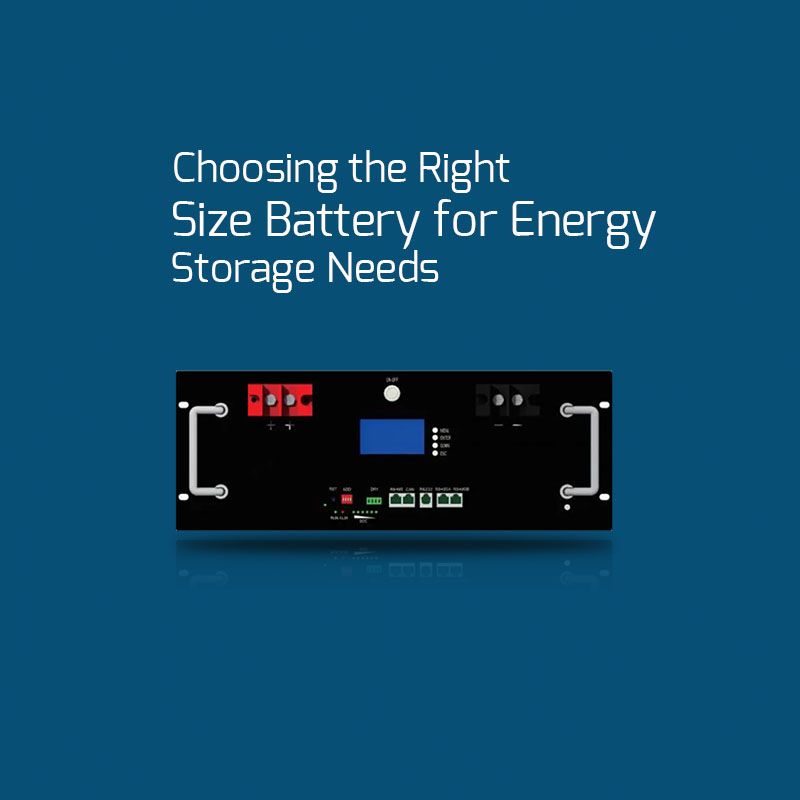N-Type vs. P-Type Solar Panels: A Comparative Efficiency Analysis
N-Type vs. P-Type Solar Panels: A Comparative Efficiency Analysis
Solar energy has emerged as a leading renewable energy source, driving the transition to a sustainable future. As the demand for solar panels continues to grow, advancements in solar cell technologies have opened new avenues for increased efficiency and performance. Among these technologies, N-Type and P-Type solar panels have garnered significant attention. In this article, we will conduct a comprehensive comparative analysis of N-Type and P-Type solar panels, exploring their characteristics, advantages, and applications, with a focus on enhancing photovoltaic (PV) efficiency.
Understanding N-Type and P-Type Solar Panels
N-Type and P-Type solar panels refer to the different types of semiconductor materials used in the fabrication of solar cells. The “N” and “P” refer to the dominant carriers of electric charge in the respective materials: negative (electrons) for N-Type and positive (holes) for P-Type.
N-Type Solar Panels: N-Type solar cells employ materials such as monocrystalline silicon with additional doping of elements like phosphorus or arsenic. This doping introduces extra electrons, resulting in a surplus of negative charge carriers.
P-Type Solar Panels: P-Type solar cells use materials like monocrystalline or polycrystalline silicon doped with elements like boron. This doping creates extra holes, which act as positive charge carriers.
Comparative Analysis of N-Type and P-Type Solar Panels
a) Efficiency and Performance:
N-Type solar panels have demonstrated higher efficiency compared to P-Type panels. The use of N-Type materials reduces the occurrence of recombination losses, resulting in improved charge carrier mobility and reduced energy loss. This enhanced performance translates to higher power output and increased energy generation potential.
b) Light Induced Degradation (LID):
N-Type solar panels exhibit lower susceptibility to Light Induced Degradation (LID) compared to P-Type panels. LID refers to the temporary decrease in efficiency observed in the initial period after solar cell installation. The reduced LID in N-Type panels ensures more stable and reliable long-term performance.
c) Temperature Coefficient:
Both N-Type and P-Type panels experience a reduction in efficiency with increasing temperatures. However, N-Type panels generally have a lower temperature coefficient, meaning their efficiency decline is less pronounced under high-temperature conditions. This characteristic makes N-Type panels more suitable for regions with hot climates.
d) Cost and Manufacturing:
Historically, P-Type solar panels have dominated the market due to their lower manufacturing costs. However, with advancements in manufacturing processes and economies of scale, the cost gap between N-Type and P-Type panels has been closing. Additionally, the potential for higher efficiency and improved performance of N-Type panels may offset the initial higher costs in the long run.
Applications and Future Prospects
a) Residential and Commercial Installations:
Both N-Type and P-Type solar panels find applications in residential and commercial installations. P-Type panels have been widely adopted due to their established market presence and cost-effectiveness. However, the growing demand for higher efficiency and increased power generation has led to a surge in N-Type panel installations, particularly in markets where performance and quality take precedence over initial costs.
b) Utility-Scale and Large-Scale Projects:
N-Type panels are gaining traction in utility-scale and large-scale solar projects due to their higher efficiency and potential for increased energy generation. The improved performance of N-Type panels makes them an attractive option for maximizing power output and optimizing returns on investment in large-scale solar installations.
c) Technological Advancements and Research:
Ongoing research and development are focused on further enhancing the efficiency of N-Type solar panels. Innovations such as passivated emitter and rear cell (PERC) technology, bifacial N-Type cells, and
tandem solar cells incorporating N-Type technology show promise for even greater efficiency gains. Collaborations between research institutions, manufacturers, and the solar industry are driving technological advancements to unlock the full potential of N-Type solar panels.
Conclusion
N-Type and P-Type solar panels represent two distinct approaches to solar cell technology, each with its advantages and applications. While P-Type panels have dominated the market historically, N-Type panels offer higher efficiency, reduced LID, and lower temperature coefficients, making them a compelling choice for achieving enhanced PV efficiency.
As the demand for higher-performing solar panels grows, the market dynamics are shifting, and N-Type panels are gaining prominence. Technological advancements, economies of scale, and ongoing research efforts are contributing to narrowing the cost gap between N-Type and P-Type panels, making the adoption of N-Type technology increasingly viable.
Ultimately, the choice between N-Type and P-Type solar panels depends on project requirements, including performance expectations, cost considerations, and geographic factors. As solar energy continues to evolve, N-Type technology represents an exciting frontier, holding tremendous potential for driving the future of efficient and sustainable solar power generation.











